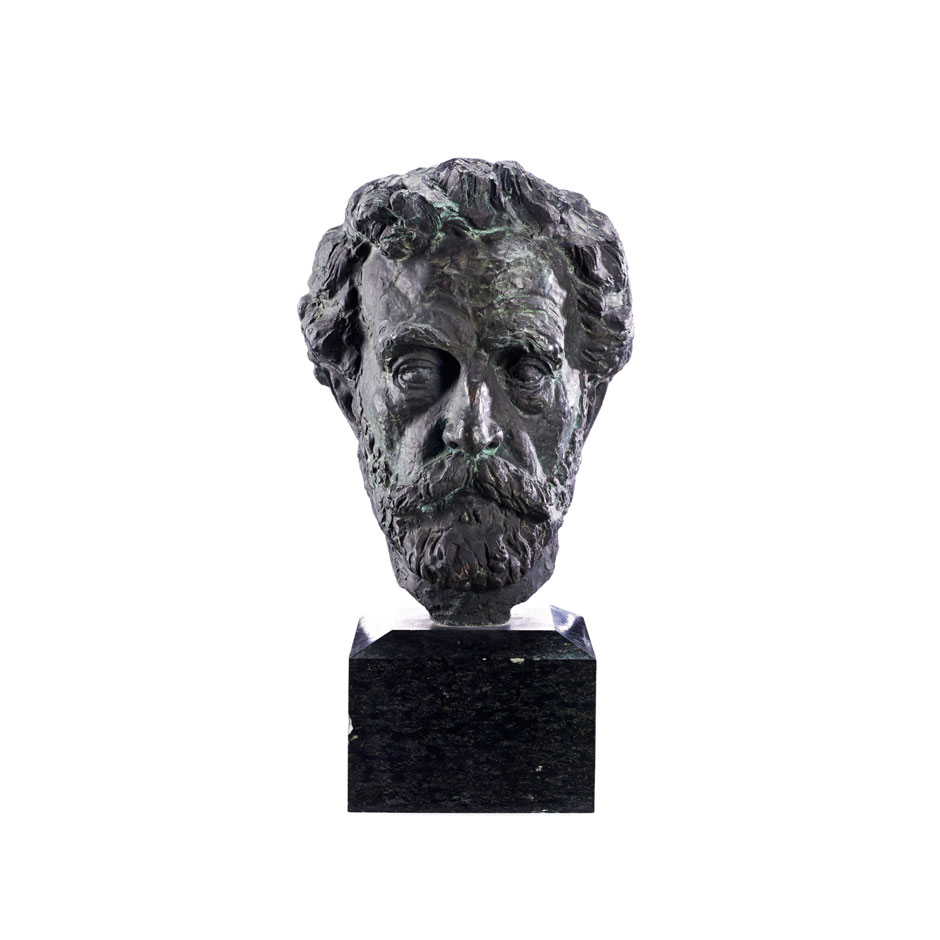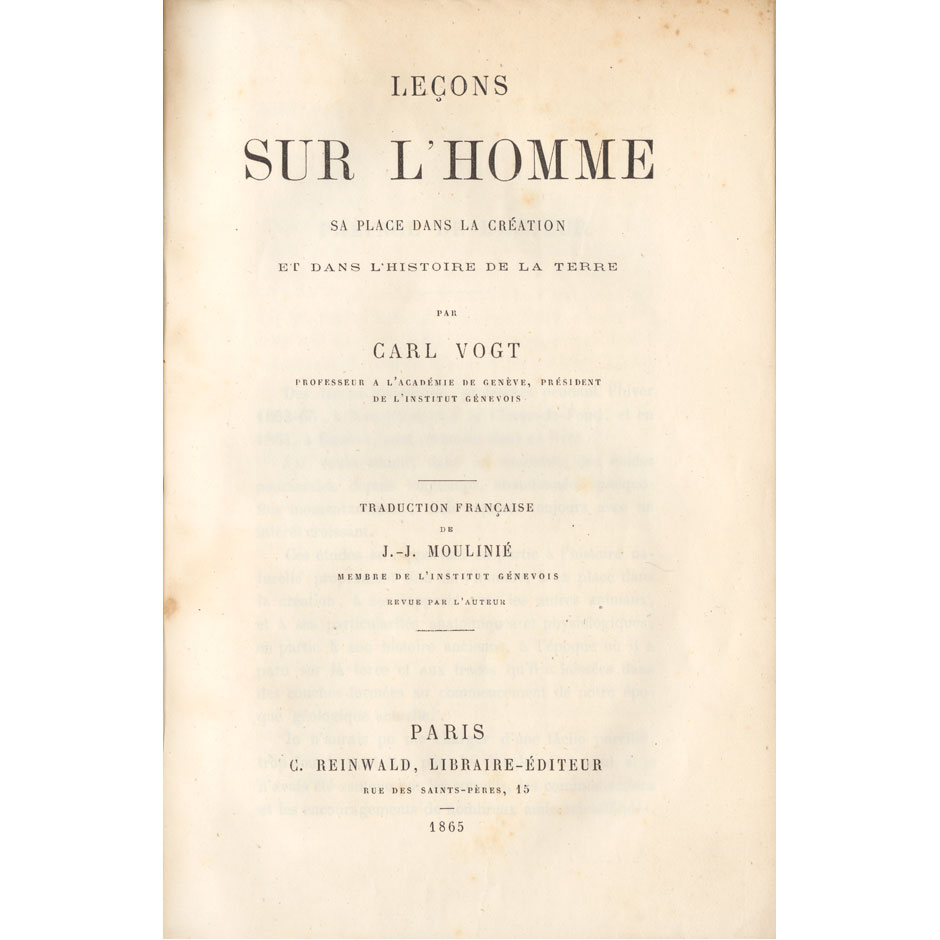Anthropology and Colonial Empires
Anthropology and Colonial Empires
Caroline Montebello, doctoral student in history at the University of Geneva
Caroline Montebello, doctoral student in history at the University of Geneva
In the 1860s, the development of anthropology in Geneva helped to support empires as ideologies. From the 1860s on, anthropology lectures were organized at the Academy then at the University; they rejected the idea of real equality between human groups and attempted to lend credibility to that of European superiority. In parallel, anthropological collections were established in the city’s museums thanks to the support of empires and their infrastructures. The Academic Museum, then from the 1870s on the National History Museum and the Missions Museum, put together collections of human remains and artefacts, in part plundered thanks to missionary networks and commercial circuits. These practices were continued in the 20th century both by the Anthropology Laboratory of Geneva University created in 1919 and by the Ethnography Museum, autonomous since 1922. The two institutions were combined by Eugène Pittard in 1938.
Caroline Montebello
Boxes of glass plates classified by themes or regions of the world Aids for lectures in anthropology given at Geneva University between 1900 and 1965 by Professors Eugène Pittard and Marguerite Lobsiger-Dellenbach. Reproductions of maps, reference works or field photographs MEG Archives
Warning: some content presents racist, discriminating images or terms.
These are historical evidence of Western hegemonic thinking.
Their presence is indicated by this symbol.
These are historical evidence of Western hegemonic thinking.
Their presence is indicated by this symbol.

Janus [gesture 5]
Mathias C. Pfund. 2024
Head of Eugène Pittard (1867-1962), Luc Jaggi, 1969, bronze, MEG collections, Inv. ETHEU 068890, and FMAC, Inv 1969-009 (1985 recast); steel base, made with the aid of Robin Gabriel
©Photo Johnathan Watts/MEG
Two versions of Eugène Pittard’s head by Luc Jaggi. Inaugurated in front of the MEG in 1969, the original work was stolen in 1985 and a new cast was then made.It was not until 2023, on the occasion of the exhibition Remembering. Geneva in the colonial world, that the work was included in the inventory of European collections, under a new number: ETHEU 068890. With no regard for the work’s unicity, the heads are together on the same metal pedestal and arranged so as to evoke a Bertillon system. M. C. Pfund
Eugène Pittard (1867-1962) by Taline Garibian [PDF 0.7 Mo]

Caricatures representing Eugène Pittard
Author not documented
Date and publication unknown.
Reproductions
MEG Archives

Eugène Pittard profited from the trafficking of human remains practised in British colonies. In 1924, the South African Museum loaned him a collection of bones attributed to a Khoisan people, partly decimated during the Dutch then British colonization of southern Africa in the 18th and 19th centuries. The collection, put together in particular through the unauthorized exhumation of corpses, was in the study centre of the University laboratory between 1924 and 1948. C. Montebello













